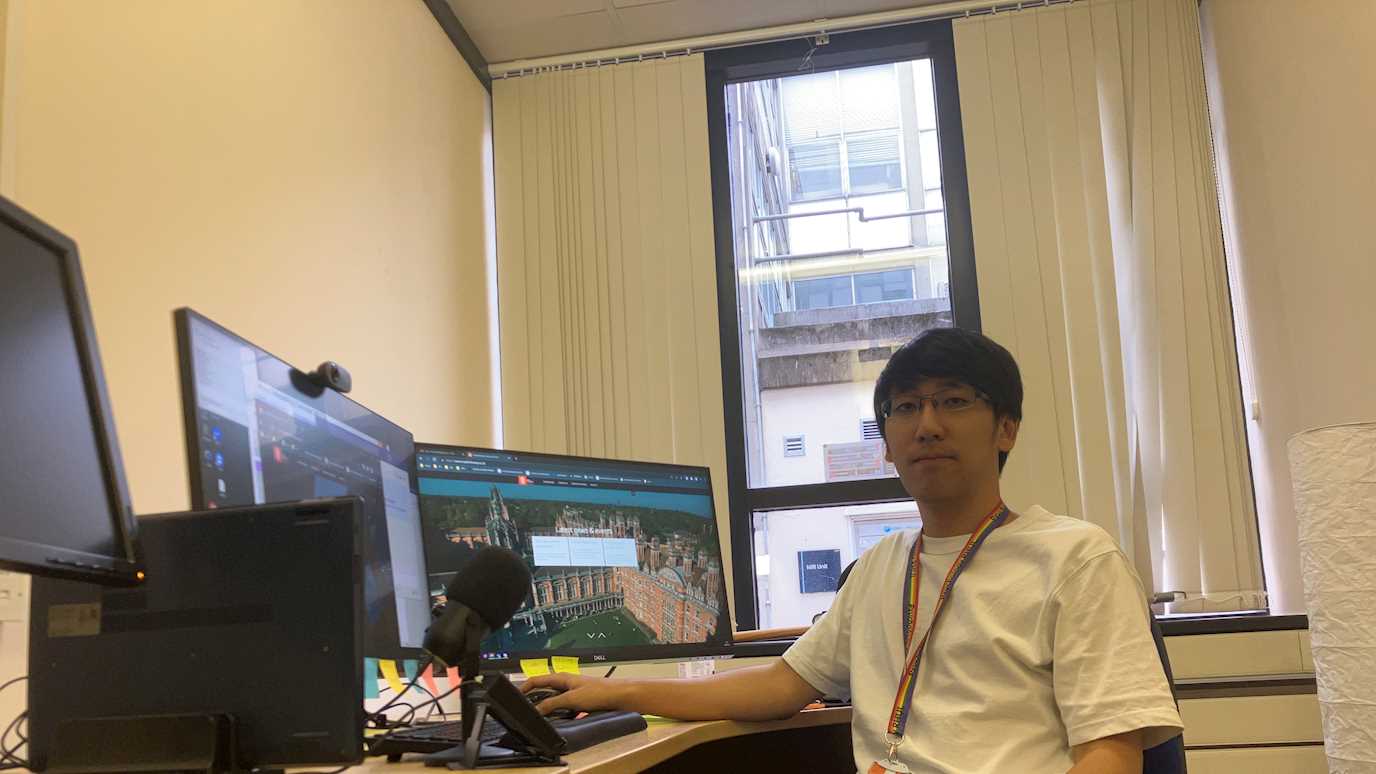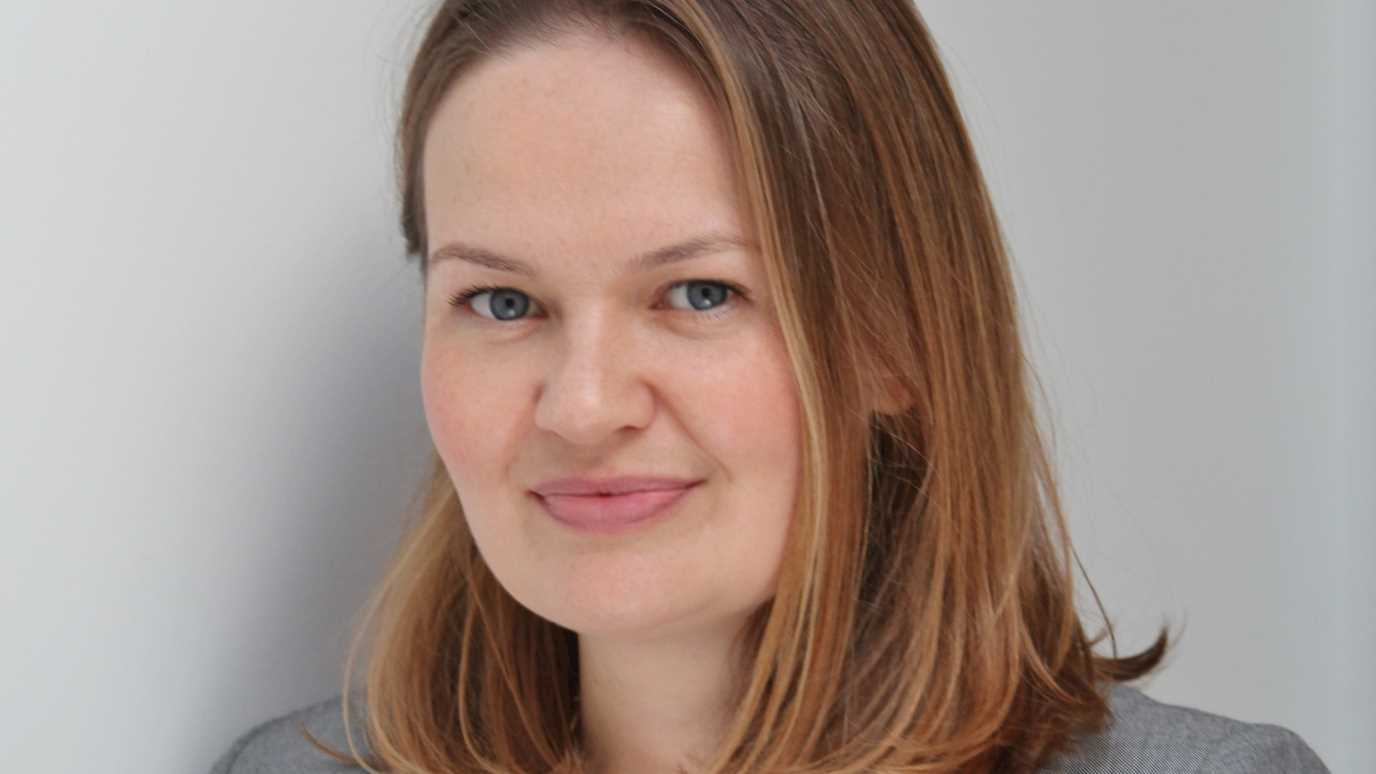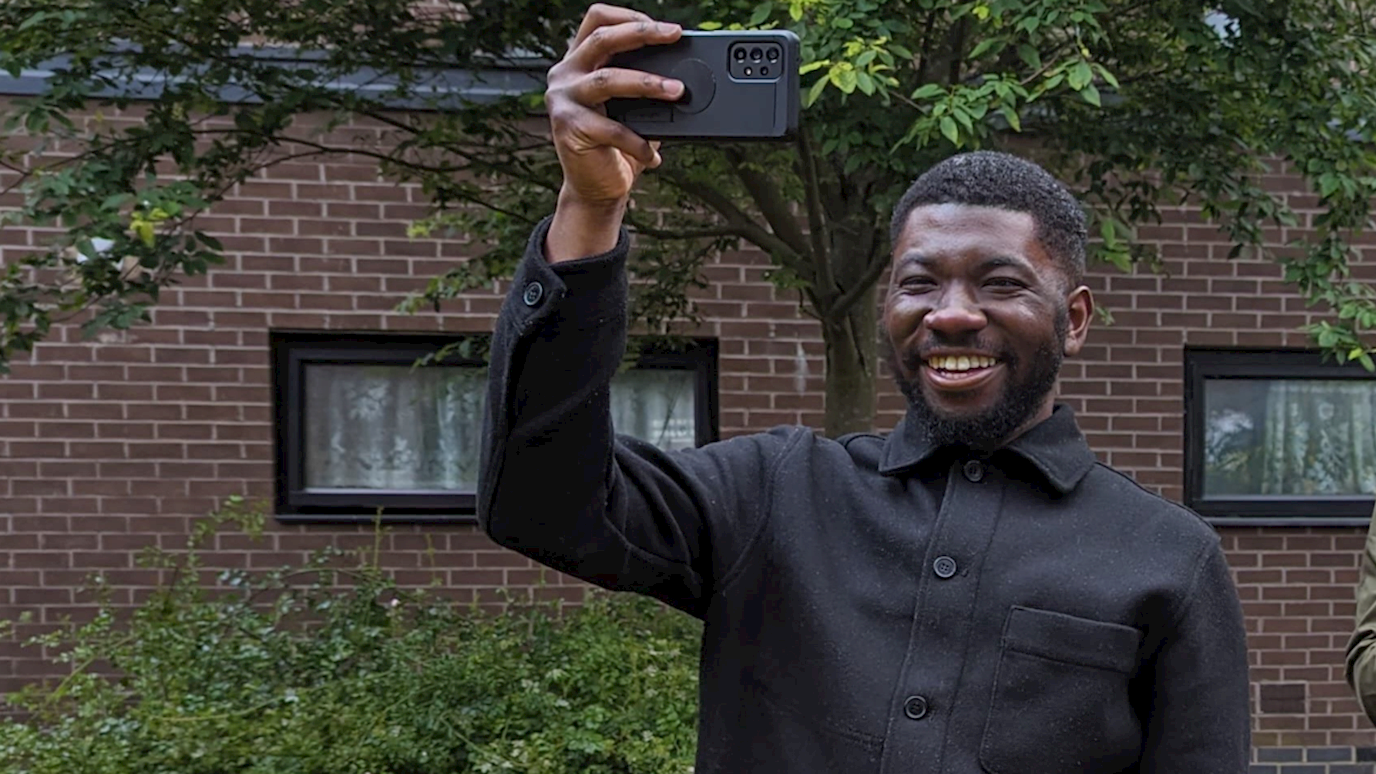Newly published research from RHUL Psychology shows our perception of attractiveness is affected by gravity.
On Earth, everything is subject to the constant pull of gravity. One perceptual experience of gravity is verticality, the distinction between what is “up” and “down” within the gravitational environment. Verticality is also given a special status in the arts, and has been used by a number of artists to portray high-level concepts such as status, grandeur, power, and morality.
Maria Gallagher, a PhD student at Royal Holloway, and her supervisor Dr Elisa Ferre recently investigated whether people have a genuine aesthetic preference for vertical stimuli and whether this preference could be altered by changing sensory signals for gravity. Participants were presented with perfectly vertical or tilted lines, and were asked to judge how attractive they found the images. Crucially, one group of participants completed the task while upright, so that the body and head were aligned with gravity, while other groups completed the task while tilted 90o to the left or right, so that the body and head were no longer aligned with gravity.
The results showed that participants in the upright condition had a clear preference for vertical stimuli, rating them as significantly more attractive than the tilted stimuli. However, participants whose head and body were not aligned with gravity had no aesthetic preference for verticality, instead rating all the images as similarly attractive.
Gravitational signals play more of a role in our perception of attractiveness than has previously been thought.
Read the full paper here:
























